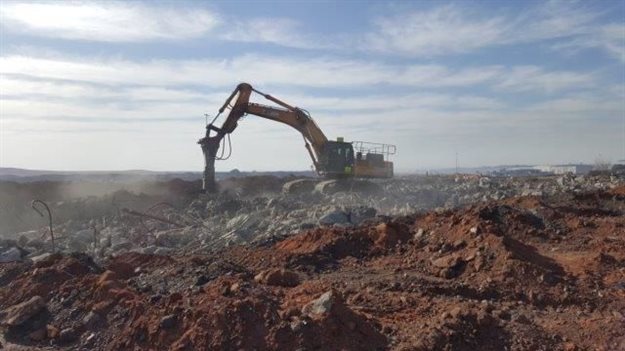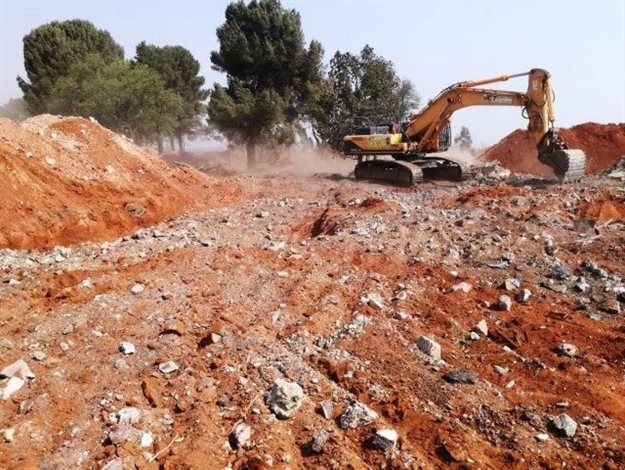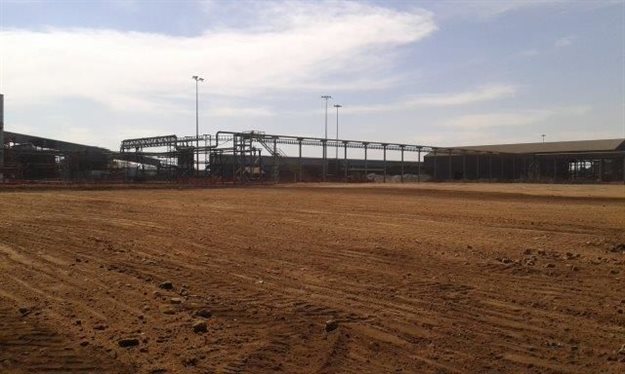Understanding the critical role of waste management in large-scale demolitions
While detailed planning for new construction projects is fairly common, the same level of care is often not applied to the demolition phases, according to Kate Bester, contracts manager at Jet Demolition.

Image supplied
“The expectation is to conclude demolition quickly and cheaply, without much regard for the end use of the demolished materials. Achieving a fully compliant site is perceived as an ideal that can only be achieved at a significant cost. However, these certifications are possible with a well-planned and carefully thought-out approach,” she says.
“Waste management is a critical part of any large-scale construction or demolition project. It is vital that clients, engineers and contractors communicate clearly prior to commencement of a project to ensure alignment across all spheres. This ensures a co-operative and collaborative approach to the works, with different people actively seeking practical, cost-effective and responsible solutions to very basic problems,” comments Bester.
Therefore all roleplayers must be involved from the outset of a project, which can be achieved by determining what the thresholds are, and then seeking alternative solutions that can meet these thresholds, while still being cost-sensitive.

Image supplied
Safety paramount
The vast majority of construction materials, she says, are able to be sorted and cleaned mechanically either prior to or during demolition activities. Hazardous material abatement is crucial to remove the potential risk and contaminants from a structure prior to demolition, thereby resulting in ‘clean’ rubble from a structure.
Therefore Jet Demolition always approaches a site with safety as paramount, explains Bester: “We will typically abate hazardous materials prior to demolition where practical, and then move on to the mechanical separation of materials during demolition.” Here steel is set aside and processed for delivery to a foundry for recycling. Where possible, ‘clean’ demolition rubble is used as on-site layer works or backfill to voids. Any excess material is loaded and hauled for reuse.

Image supplied
Impact on landfill sites
“There is no denying that a large proportion of demolition and construction rubble does go to registered landfill sites,” adds Bester. However, it is critical to note that this material is often used to rehabilitate the landfill sites themselves.
The vast majority of registered landfill sites have very strict controls over the quality and quantum of material they are able to accept, she explains. There is usually a strict grading in terms of the size limitation of the material accepted, with most material crushed prior to delivery. This material itself can then be used to cap the site, or even as an engineered fill to serve as a permeable drainage layer.
In the event that there is material that cannot be suitably downsized and cleaned prior to disposal, the surcharge on the disposal is generally very high. This is specifically done to discourage the disposal of material that could otherwise have been recycled.
The fact that ‘clean’ material goes to landfill should not necessarily result in it being classified as waste, says Bester: “What may be needed is a reclassification of the different waste materials.” The vast majority of this material is being reused and recycled, albeit through a landfill facility for capping, a farmer for erosion control, or by local council for backfilling sinkholes. “This material is valuable, and should be seen as such,” she says.